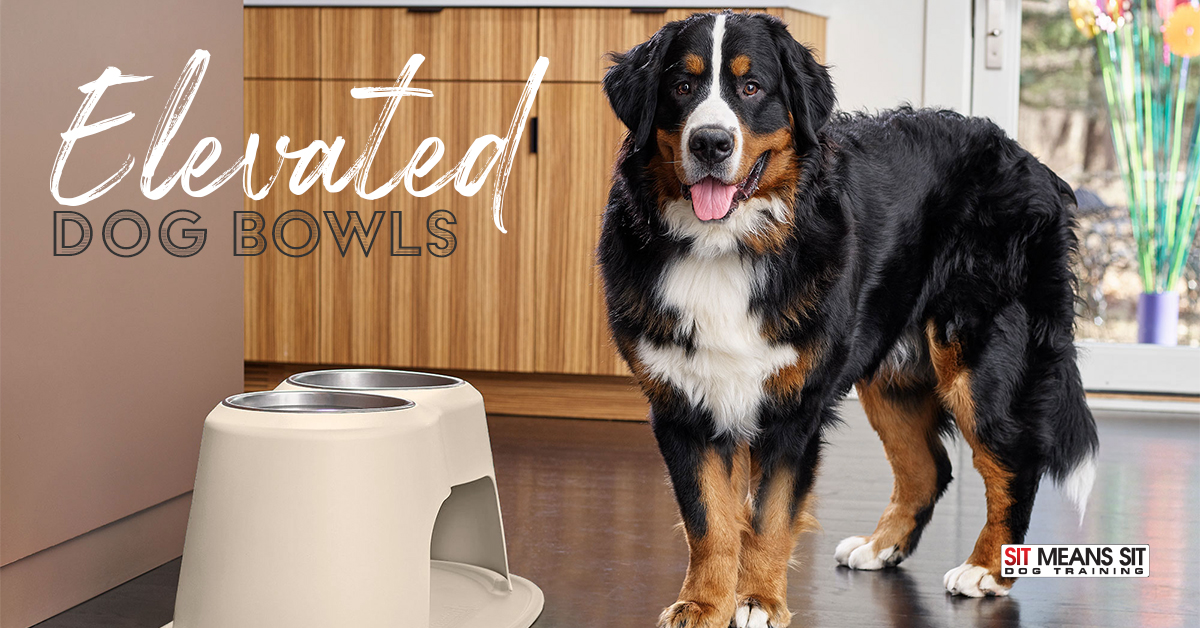
Does My Dog Need an Elevated Bowl?
There are pros and cons, along with myths, that go with elevated bowls for our dogs. The bowls have different elevations, some set in height and some adjustable. The best way to find the correct height is to have your dog stand with his legs directly underneath him. Measure from the floor to where his front legs meet his chest. Before deciding to use a raised bowl, do your research.
Dog Breeds
For large breeds, it was originally believed that elevated bowls would prevent bloating. Upon further research, it leans more towards the opposite, particularly those with sensitive stomachs. Not much valid research has been done on the matter, from what we do know, it induces bloating in larger breeds.
Dog Age
Most dogs have evolved to eating in a head down position. However, for older, arthritic, or injured dogs, eating from an elevated bowl can place less strain and pain on the animal. It’s important to note, though, that his is purely speculative and has not been researched.
Eating Behavior
If your dog scoots his bowl across the ground as he eats, some use the elevated bowl as a relief method. Since this could induce bloating, alternative methods, such as rubber food mats or bowls with rubber on the bottom, should be given a try.
In general, the one thing that elevated bowls seem to consistently help with, is pawing in the bowls. Some dogs have a liking of water, specifically being in it. Water dogs will paw at the water and splash it around to play with it. With the bowl off the ground, raised feeders discourage dogs from “swimming” in their water. Read our blog about dog drinking habits if you want to learn more about if they drink too much water.
Overall, unless you find a direct need to have a elevated bowl, it’s best to keep it on the ground. If you are considering raising your dog’s bowl, consult your veterinarian to see if it’s a good answer for your dog’s issues.
